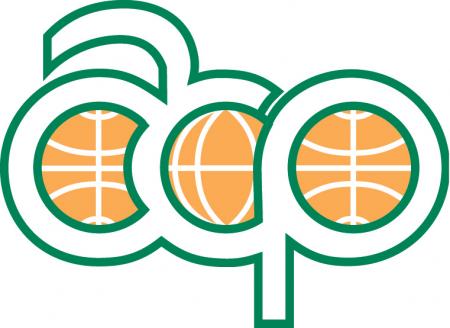Fishery ecosystem plan for the Pacific remote island areas
This Pacific Remote Island Areas Fisheiy Ecosystem Plan (FEP) was developed by the Western Pacific Regional Fisheiy Management Council and represents the first step in an incremental and
collaborative approach to implement ecosystem approaches to fisheiy management in the Pacific Remote Island Areas (PRIA) of Baker Island, Johnston Island, Jarvis Island, Johnston Atoll,
Kingman Reef, Wake Island and Palmyra Atoll.
Available online
Call Number: [EL]
Physical Description: 232 p.






